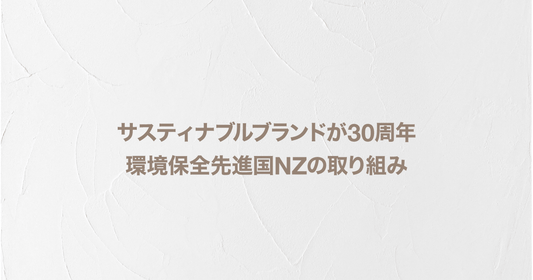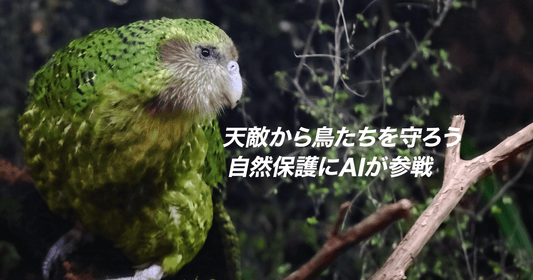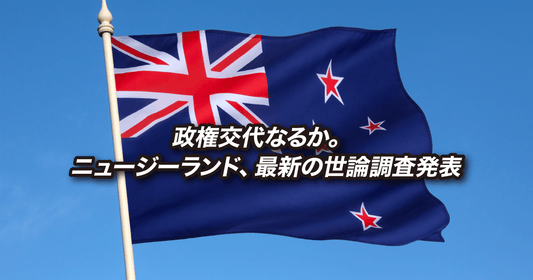
When New Zealand came up in the discussion,
"Are there more sheep than people in New Zealand?"
Have you ever said or heard something like that?
Statistics New Zealand's latest primary sector survey found that sheep numbers have fallen by 2% - bringing the sheep to human ratio to five to one for the first time since surveys began in the 1850s.
Compared to 1982...
Although sheep numbers have declined, New Zealand still has around 25.3 million sheep, nearly five times the number of people (current population: around 5.2 million).
That may seem like a lot to us living in Japan, but a 1982 survey revealed that the ratio of sheep to humans was a staggering 22 to 1!
At the time, New Zealand's population was about 3.15 million, about 2 million fewer than it is today, but even so, this is a pretty astonishing figure.
At its peak, there were approximately 72 million sheep, but the number has continued to decline little by little, and is now nearly one-third of that.
The main reason for the decline in sheep numbers is the falling price of wool, despite rising costs of raising them. In particular, the price of wool has fallen by half between 2013 and 2021, from $6.74 per kilogram to $3.77.
Converting pastures to forests
This survey revealed that not only sheep but also dairy cows and deer are on the decline.
The dairy cow population is down 8% from its peak of 6.7 million in 2014. The North Island has seen a particularly large decline, with the population down 11% from its peak and a 5% decline in the South Island.
One of the reasons for the decline in livestock numbers is that land that was previously used as ranchland has been sold and converted to forestry. However, in this case (the conversion of ranchland to forestry), forestry does not refer to forestry for the purpose of obtaining timber.
They are planting trees on what used to be ranches and managing the forest in order to earn "carbon credits," a system for buying and selling greenhouse gas emissions.
"Carbon credits" are credits that can be purchased from companies that are working to reduce or absorb greenhouse gases, such as forest management companies. Industries that find it difficult to reduce greenhouse gas emissions can purchase these carbon credits to offset the greenhouse gases they emit.
Surfing on a sheep farm?!
Here's another interesting piece of sheep-related news.
You can actually surf on a sheep farm!
▶︎1news|How surfers are catching waves on an Otago sheep farm
The idea came to me while I was having beers with friends.
That's what YourWave developer Ross McCarthy said.
YourWave creates artificial waves on something similar to the inflatable toys you often see at events (the inflatable toys that kids jump inside and play on) and allows you to easily enjoy surfing anywhere.
It was developed in a small rural town inland of the South Island, far from the sea, and is currently undergoing trial operation in a corner of a sheep farm. Inquiries are already coming in from overseas.
It doesn't require a large amount of land or initial investment, and is easy to assemble, so it can be installed anywhere.





